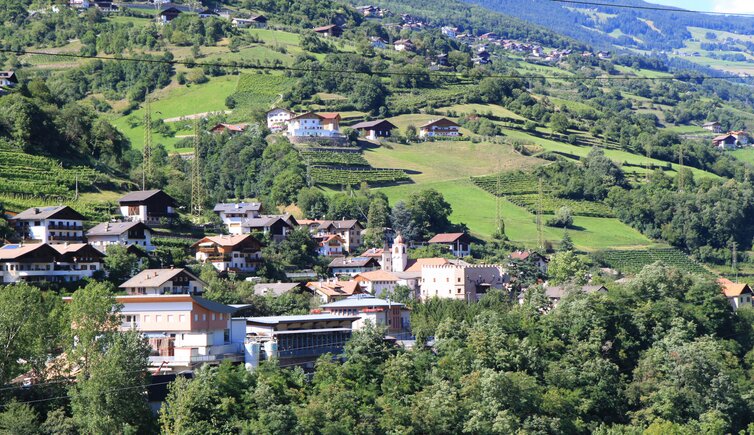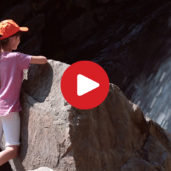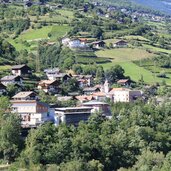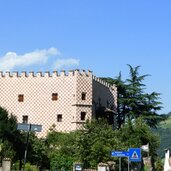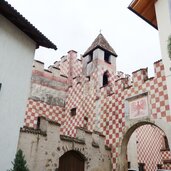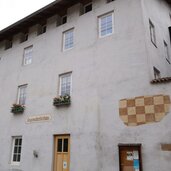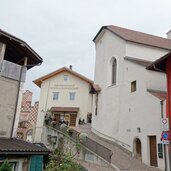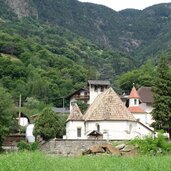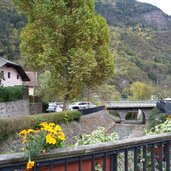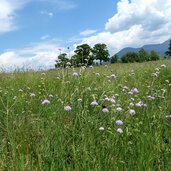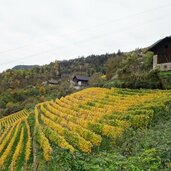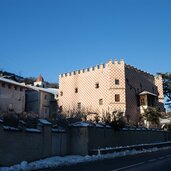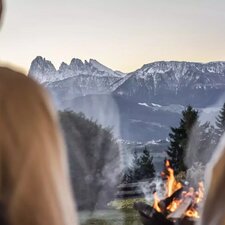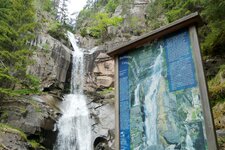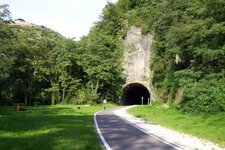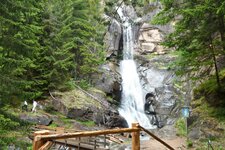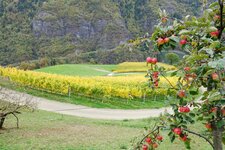On the historic Kuntersweg trail, built in the 14th century, from Cardano to Colma
Image gallery: Colma
However unassuming Colma (Kollmann) near Barbiano may seem today, this small village once played a significant role. Drivers on the Valle Isarco road will recognise Colma by the strikingly painted Friedburg, a former customs station situated right in the heart of the village.
Its history began in 1482, when Sigismund, Archduke of Austria, commissioned the construction of a customs post to protect treasures from robbers and to project his authority. Numerous nobles and kings stopped here, as the road to the imperial coronation in Rome, the most important link between Italy and Europe, led through Colma and the gates of Friedburg Castle. The Kunter Trail, which traverses the Valle Isarco valley, was still relatively new at the time.
For centuries, the old Emperor's Road ran from Colma to the Renon plateau and onwards to Bolzano, as the Isarco Gorge was originally marshy and impassable. Even Goethe knew of Colma, mentioning it in his "Italian Journey". Today, the village nestles on the gentle slopes of the lower Isarco Valley. Historic trails, waterfalls, traditional wine taverns called "Buschenschänke", and vineyards characterise the landscape. You can explore the area on the Colma and Barbiano hike.
In the village itself, you can visit the Church of St. Leonard with its bell tower on the facade, and the Trinity Church, the old customs chapel. The historic "Gegenschreiberhaus", where the customs officer used to sign the documents after the examination of the products and the calculation of the customs duty, is located behind Friedburg Castle. Now it houses the library and community centre.
